Related projects & activities
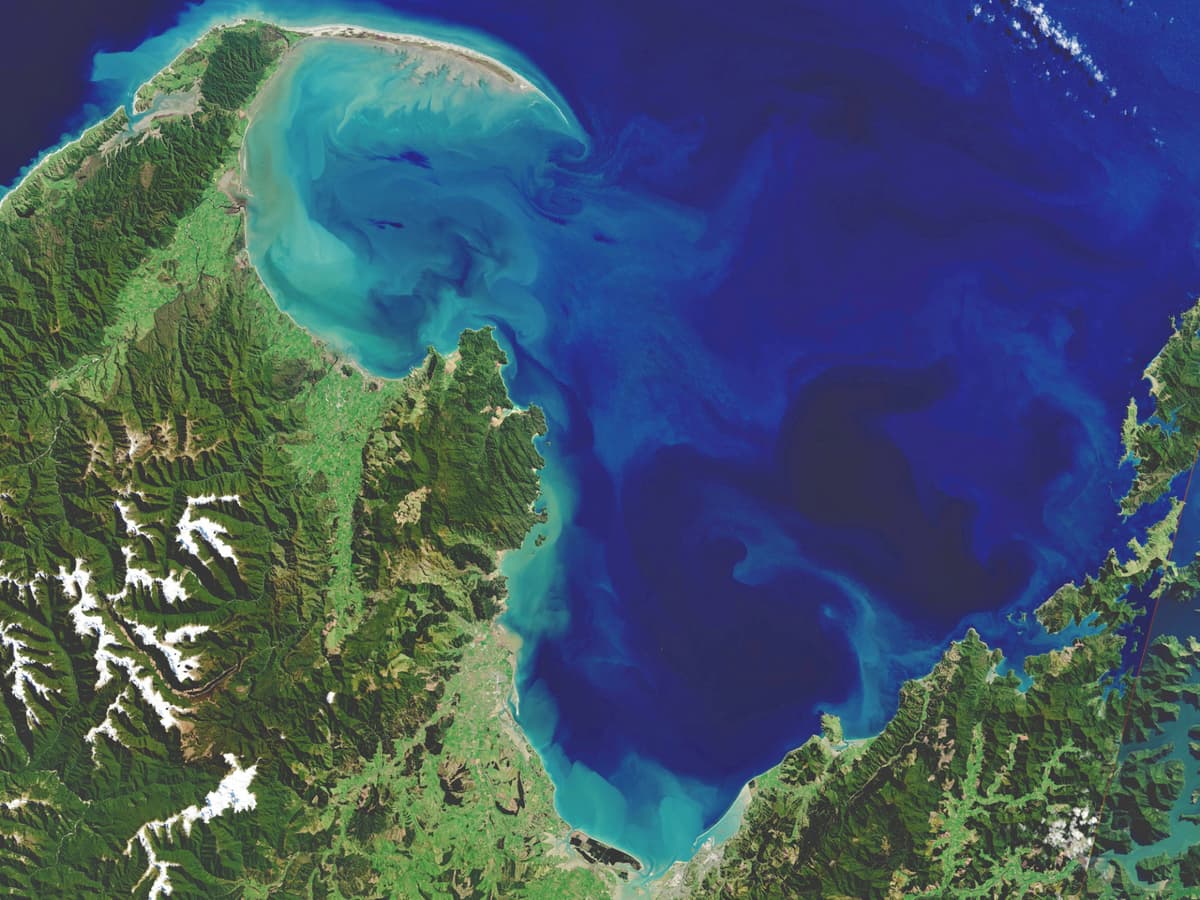
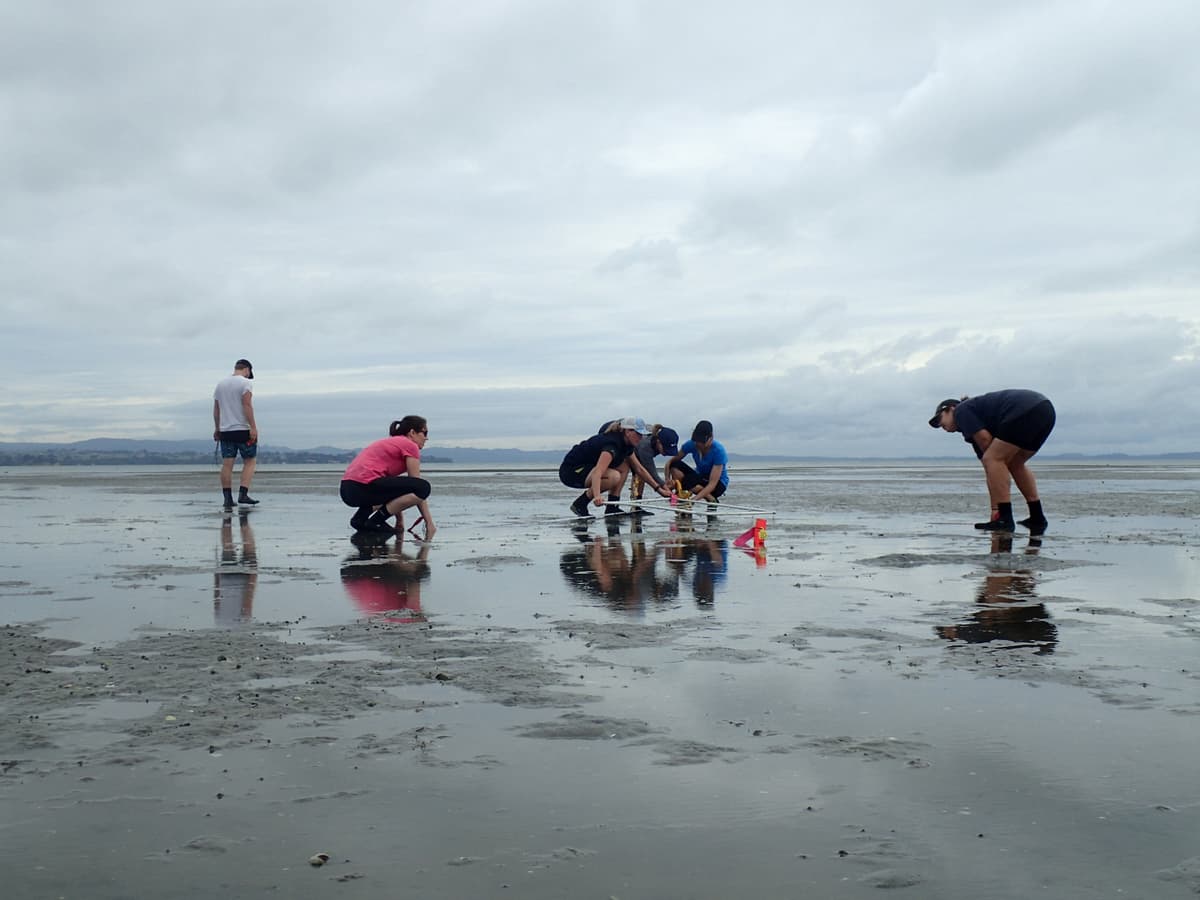
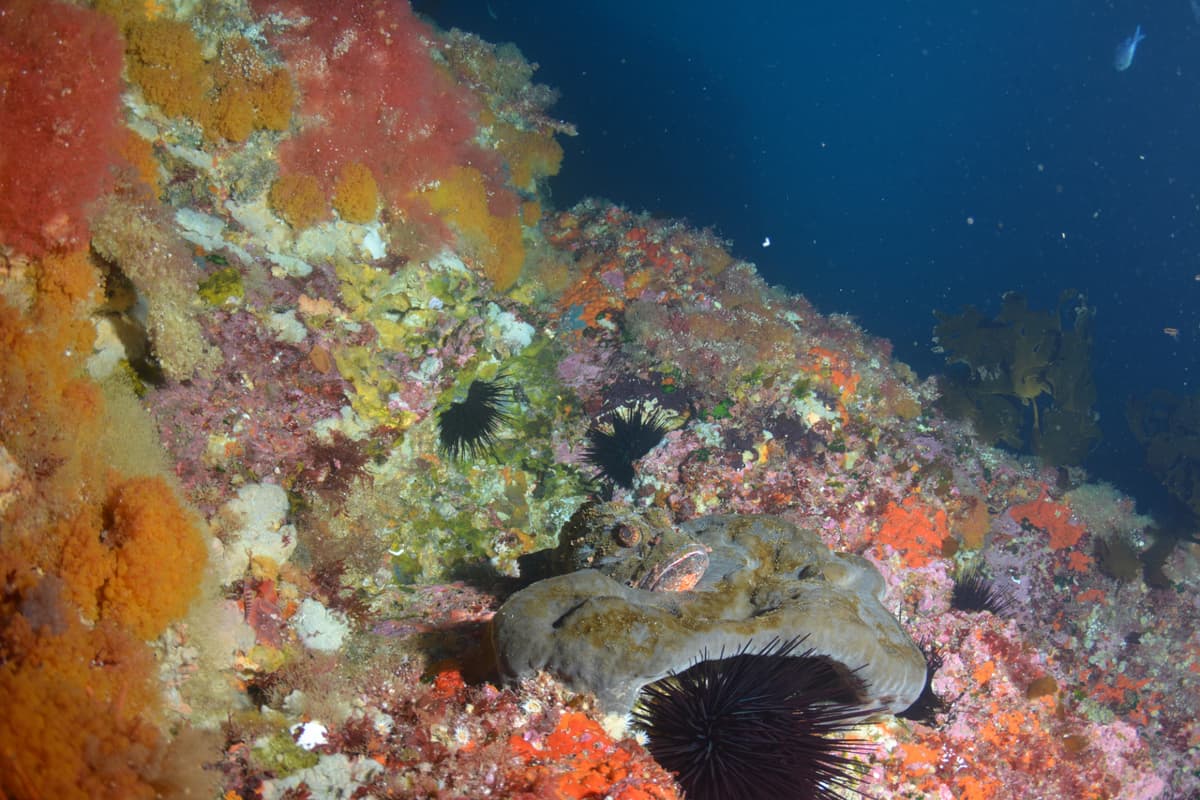
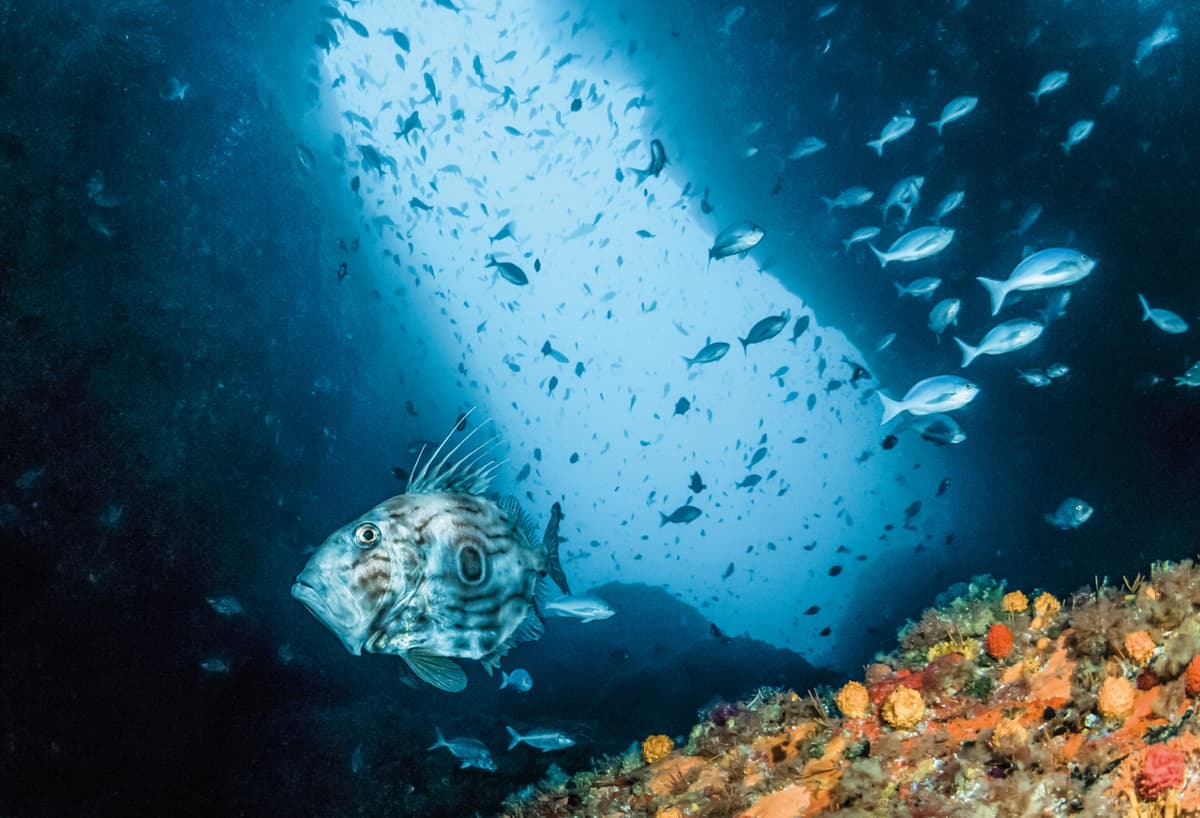
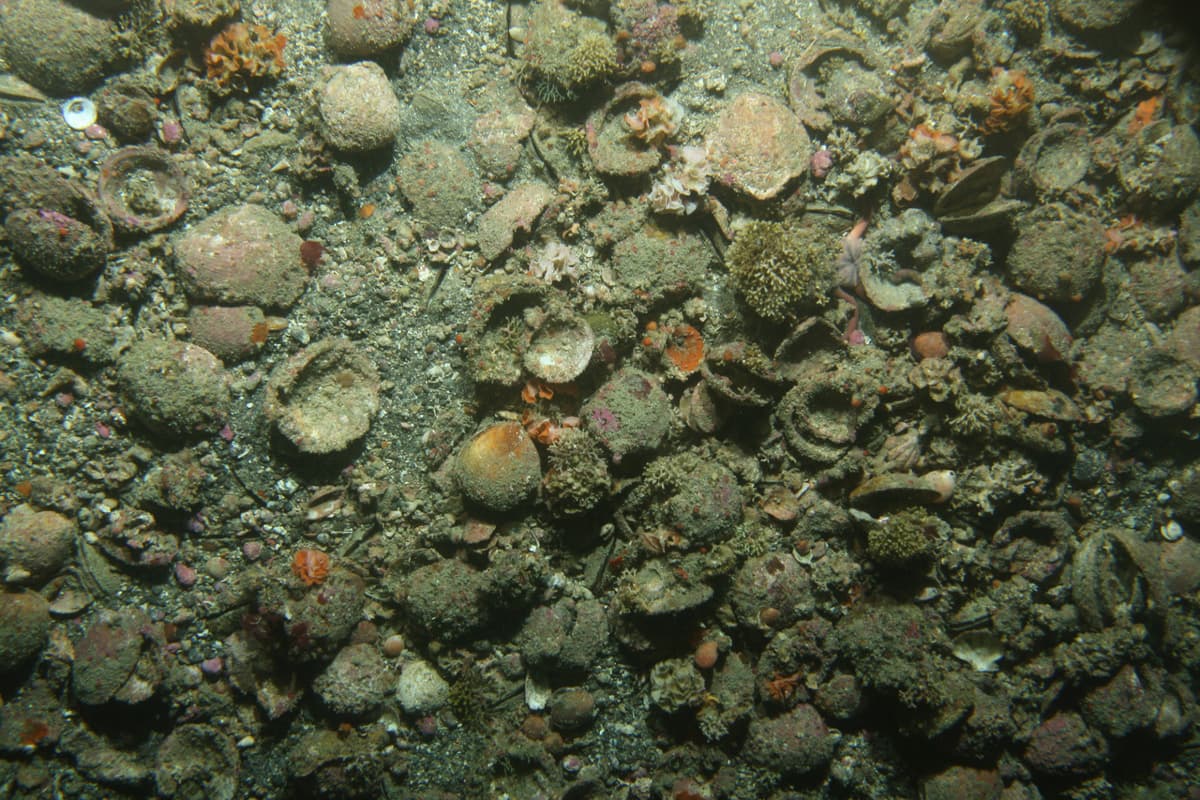
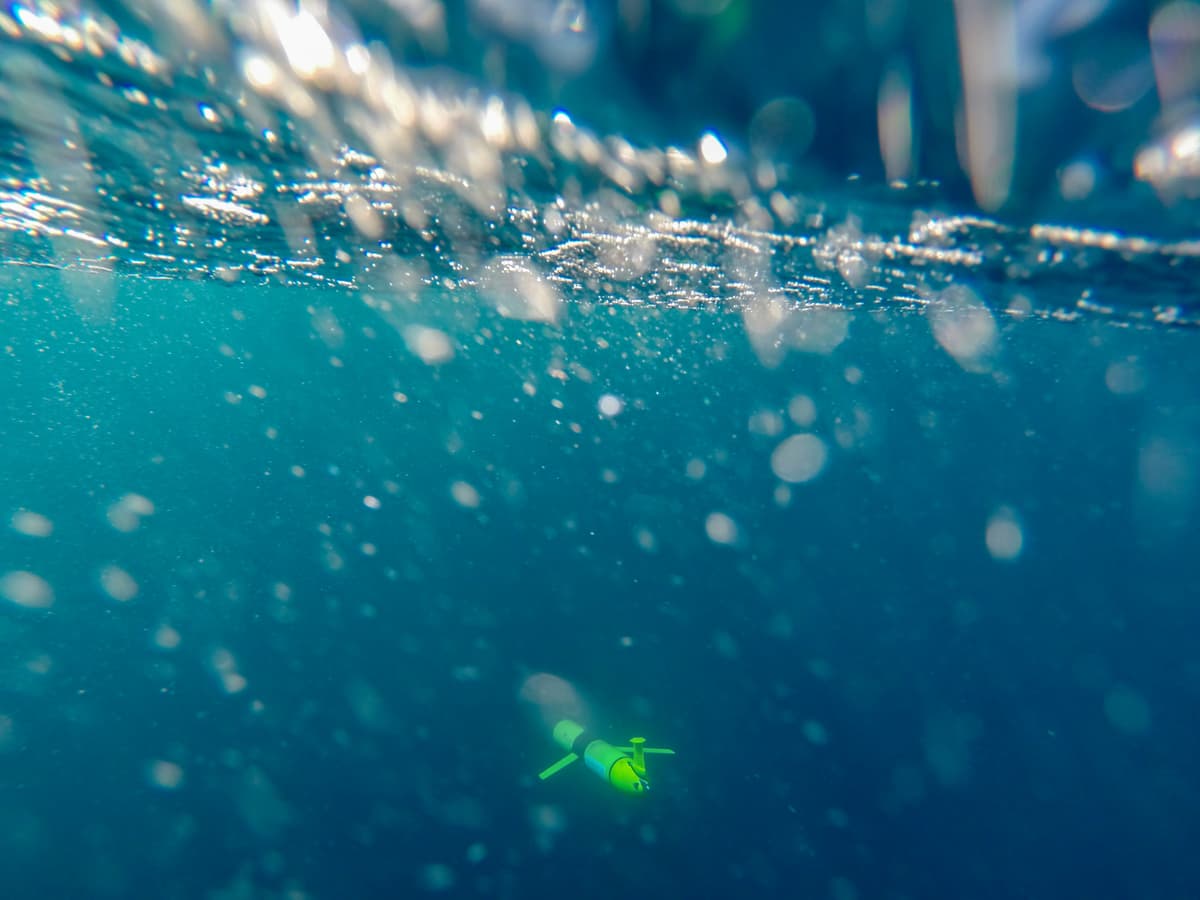
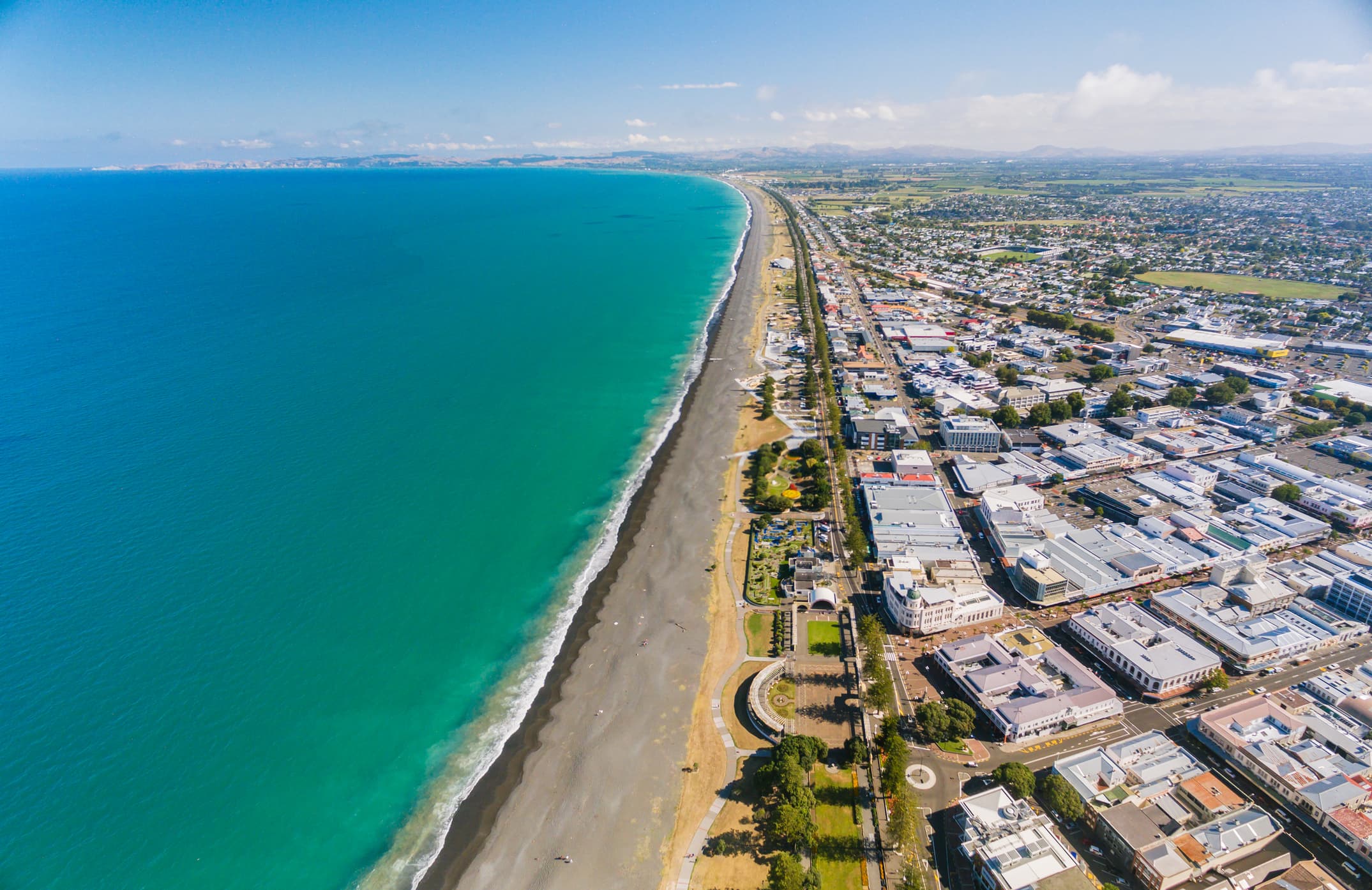
This collaboration in Hawke's Bay is mapping environmental stressors, their interactions, and providing guidance for reducing their impacts.
| Project Leader | Duration | Budget |
|---|---|---|
| Carolyn Lundquist (NIWA/University of Auckland) | August 2019 – June 2022 | $300,000 |
This project is complete and their report on enabling ecosystem-based management in the Hawke’s Bay is now available. Other tools and resources are available at the bottom of this page.
We worked with the Hawke’s Bay Marine and Coastal Group (HBMaC) to take a holistic approach to local marine management. The focus was on implementing ecosystem-based management (EBM) in a real-world example by combining science and mātauranga Māori with tools and resources from our previous research.
In collaboration with HBMaC, we developed a system map to explore two environmental stressors in the Hawke's Bay marine environment: freshwater sedimentation and loss of benthic (seafloor) structure, and their interactions. We also compiled a list of metadata for existing environmental and socio-cultural datasets that could be used to populate model scenarios based on the system map.
To explore what changes would be required to improve seafloor structure, we applied a seafloor model of disturbance and recovery dynamics to the Hawke’s Bay marine region. Exploratory scenarios, parameterised using local data, were used to understand the implications of individual stressors on land-based sediment inputs and the intensity of bottom impacts from trawl fisheries on these seafloor ecosystems.
A final set of scenarios was then designed by HBMaC to explore potential management and policy options. The results from these scenarios were combined with the system map, and used by the group to explore how ‘recovery’ of the seafloor ecosystem would ‘flow through’ to the socio-ecological variable in the system map.
The Hawke’s Bay regional study was selected as one of the Phase II case study areas for research on implementing ecosystem-based management in a real-world context, using tools, processes and analyses developed from Sustainable Seas research. Hawke’s Bay is representative of a typical coastal marine ecosystem with sandy beaches, intertidal reefs, dunes, estuaries, subtidal reefs and soft sediments. The region has large river systems, fisheries, productive land, and ocean outfalls which can add stress to the marine system and impact on people’s values for the coastal area.
HBMaC is a non-statutory multi-stakeholder group established in 2016 in recognition of concerns over the apparent reduction of inshore finfish stocks and environmental degradation in coastal and marine areas of Hawke’s Bay. HBMaC is comprised of representatives from local and central government councils and agencies, the port company, tangata whenua, the forestry industry, and recreational and commercial fisheries.
Carolyn Lundquist (NIWA/University of Auckland)
Justin Connolly (Deliberate)
Anna Madarasz-Smith (HBRC)
Becky Shanahan (HBRC)
Ellen Robotham (HBRC)
Barry Lynch (HBRC)
James Whetu (Whetu Group)
Richard Bulmer (NIWA)
Andrew Allison (NIWA)
Ian Tuck (MPI)
This project has produced or contributed to:





